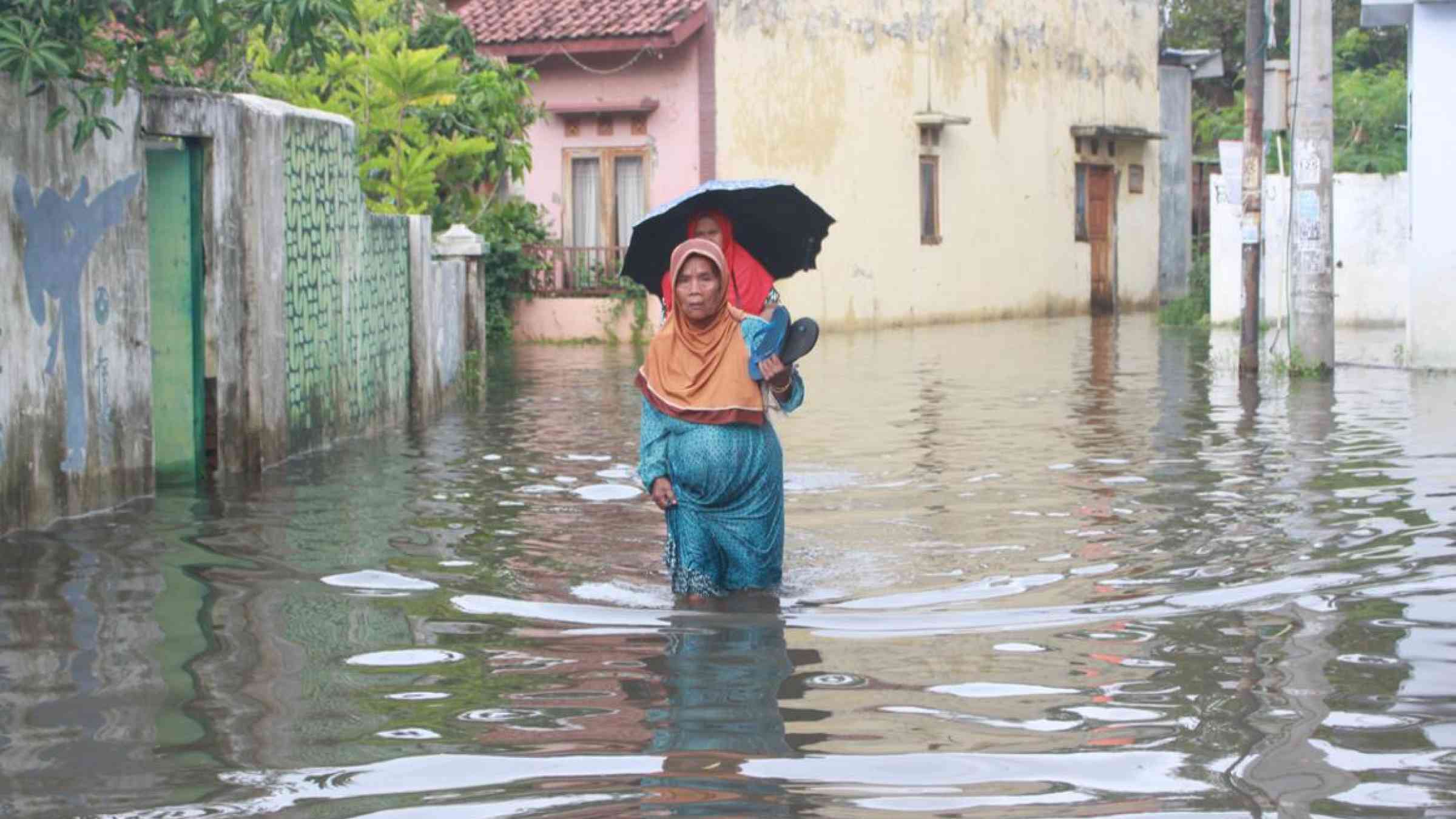
In the March issue of Eos, we look at how scientists who study earthquakes, floods, and other hazards are factoring people into their models.
By Heather Goss
“There is growing recognition that the effects of natural hazards are unequally distributed across the population and that certain communities face greater challenges in accessing resources to prepare for, respond to, and recover from disasters,” said Michelle Hummel, an assistant professor at the University of Texas at Arlington and the Eos Science Adviser from AGU’s Natural Hazards section. Hummel proposed the idea for our March issue theme on increasing equity in the way we deal with hazards and disasters.
We reached out to scientists across a spectrum of fields who are all working toward the same goal. Alessandra Jerolleman writes in this Opinion about the need to better understand how disasters hit rural areas. These communities often have outdated building and zoning codes and face administrative challenges in applying for aid but can also be exceptionally adaptable because of a strong sense of self-reliance. On the whole, policymakers just don’t have enough social science research to incorporate with geohazard data to better assist these areas. Jerolleman offers several approaches for scientists and local leaders to follow.
Eric Tate and Christopher Emrich are providing a great example of just this kind of approach. In “Assessing Social Equity in Disasters” they discuss their work incorporating social vulnerability assessments into hazard models. They aim to inform better mitigation planning as well as recovery programs. Our reporting on that intersection of science and policy in “Natural Hazards Have Unnatural Impacts—What More Can Science Do?” also looks at better mitigation efforts.
“I was really encouraged to learn about FEMA’s Building Resilient Infrastructure and Communities program, which focuses on predisaster mitigation and incentivizes projects that account for social vulnerability and future climate change,” said Hummel. “This is a great example of how scientists and policymakers can come together to pass forward-looking legislation that helps communities prepare for future hazards.”
Finally, we take a look at the Global Earthquake Model Foundation in Italy. The group’s mission is to make the world more resilient to earthquakes, and a crucial part of that is incorporating the human element into their model. Read more about their enormous undertaking to collect information on population locations, economic compositions, building density, and zoning codes around the world—and then put every last bit into a simulation to shake around.
I’d like to thank Tiegan Hobbs and Leah Salditch, who are leading a new Hazards Equity Working Group at AGU. “The group focuses on how science can be used to help communities and policymakers address the need for equity in natural disaster mitigation,” said Hummel. “It also explores ways by which its efforts may help in fostering participation and inclusion of underrepresented groups in natural hazards science and increasing the diversity of the natural hazards community.”
Hobbs and Salditch, along with Hummel, directed us to many of the scientists doing important work in this area who are featured in this issue. We’re proud to highlight their work and look forward to seeing how this movement grows.